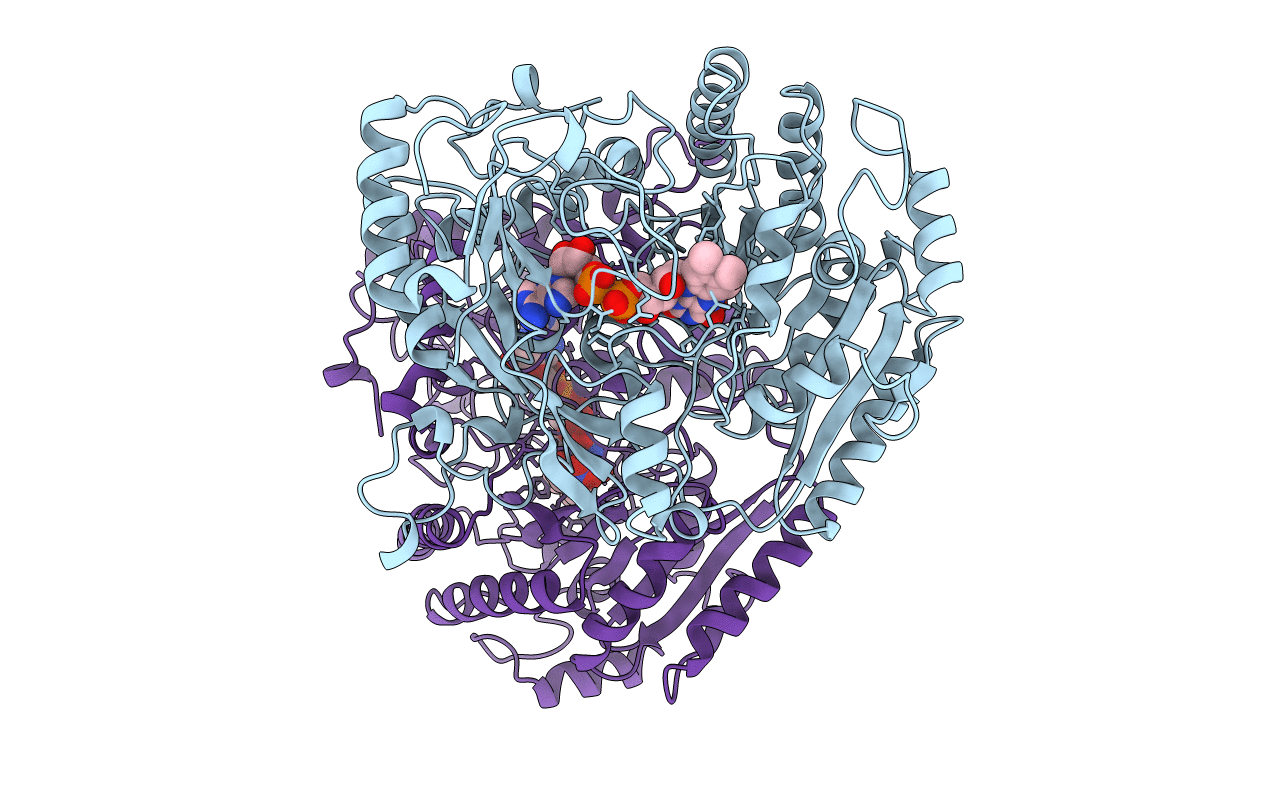
Deposition Date
1997-04-10
Release Date
1997-10-15
Last Version Date
2024-12-25
Entry Detail
PDB ID:
1AHV
Keywords:
Title:
STRUCTURE OF THE OCTAMERIC FLAVOENZYME VANILLYL-ALCOHOL OXIDASE IN COMPLEX WITH 2-NITRO-P-CRESOL
Biological Source:
Source Organism:
Penicillium simplicissimum (Taxon ID: 69488)
Method Details:
Experimental Method:
Resolution:
3.10 Å
R-Value Free:
0.24
R-Value Work:
0.20
R-Value Observed:
0.20
Space Group:
I 4


